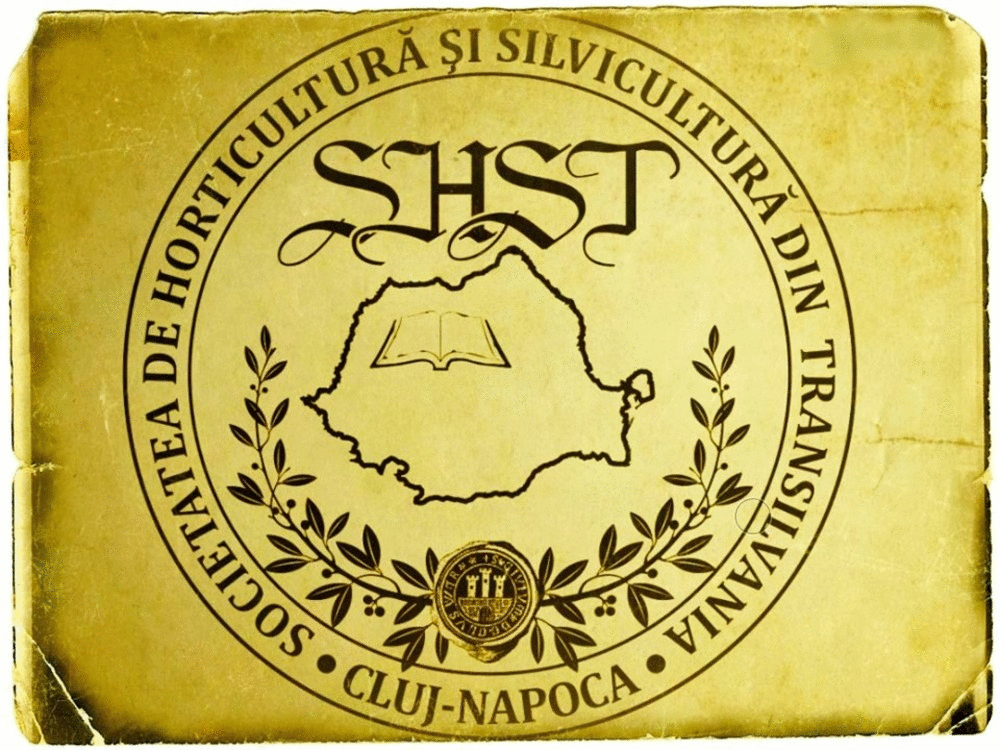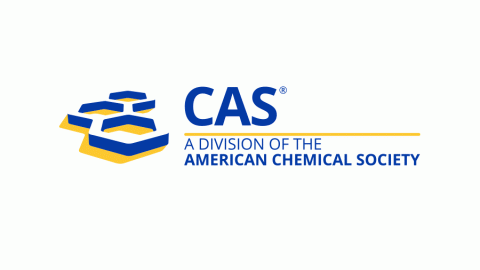Length-Weight Relationships and Condition Factors of Several Nigerian Fish Species
DOI:
https://doi.org/10.15835/nsb819780Keywords:
allometric growth; condition factor; length-weight; O. niloticus; S. galilaeus; total lengthAbstract
The length-weight relationship and condition factor of Sarotherodon galilaeus and Oreochromis niloticus were observed in Strabag Lake. A total number of 365 individuals of the fish species were caught during the period of study with Sarotherodon galilaeus constituting 65.21% of the total catch while Oreochromis niloticus made up 34.79% of the catch. The mean weight (W) and mean total length (TL) were 56.04 ± 1.019 g and14.64 ± 0.103 cm respectively for S. galilaeus;62.86 ± 2.184 g and15.84 ± 0.171 cm respectively for O. niloticus. The values of constants a and b (growth exponent) were determined from the length and weight data which transformed into the linear equation of log W = log a + b log L. These parameters were then fitted to the exponential equation, W = [aL]b. The respective exponential equation for the length-weight relationship was W = 0.068[L]2.5 for S. galilaeus and W = 0.034[L]2.7 for O. niloticus which shows that both species exhibited negative allometric growth (b < 3.0). The correlation coefficient (r) and condition factor (K) recorded were 0.944 and 6.70 respectively for S. galilaeus and 0.911 and 3.49 respectively for O. niloticus specimens. The species showed negative allometric growth and were thriving well in the environment.
Metrics
Downloads
Published
How to Cite
Issue
Section
License
Papers published in Notulae Scientia Biologicae are Open-Access, distributed under the terms and conditions of the Creative Commons Attribution License.
© Articles by the authors; licensee SMTCT, Cluj-Napoca, Romania. The journal allows the author(s) to hold the copyright/to retain publishing rights without restriction.
License:
Open Access Journal - the journal offers free, immediate, and unrestricted access to peer-reviewed research and scholarly work, due SMTCT supports to increase the visibility, accessibility and reputation of the researchers, regardless of geography and their budgets. Users are allowed to read, download, copy, distribute, print, search, or link to the full texts of the articles, or use them for any other lawful purpose, without asking prior permission from the publisher or the author.













.png)















